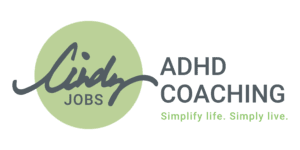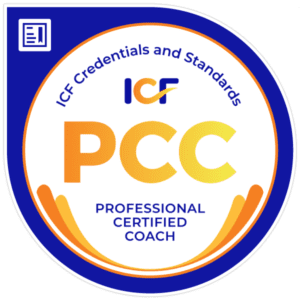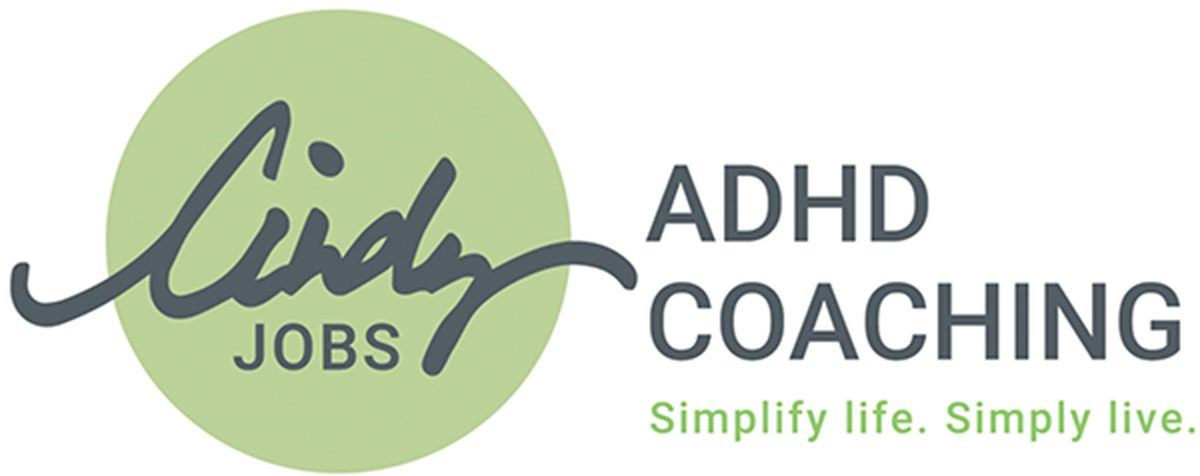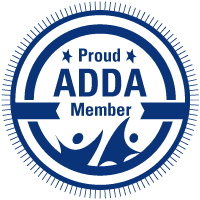I had the best impromptu conversation with one of my nephews the other day. Although he has a busy schedule, our calendars aligned for a short period of time, and we had the best conversation. What struck me was that, although I surmised he had other things that needed to be done, he was entirely present in our conversation. No eyes darting around. No arms crossed over his chest. No fiddling with his phone. I felt like the most important person in his world. He was fully present with me, and it was a fantastic feeling. Hopefully, he felt the same.
The human body is a powerful tool for communication, capable of conveying thoughts and emotions without uttering a single word. Body language is a fascinating aspect of nonverbal communication, and its subtle cues can reveal the level of mental presence an individual possesses. Body language serves as a window into our mental states, highlighting the importance of being attuned to our and others’ nonverbal signals.
Posture is a vital aspect of body language that reflects mental presence. When we are mentally engaged, our posture tends to be upright, with an open chest and relaxed shoulders. Conversely, a slouched posture can indicate disinterest or distraction. By consciously aligning our bodies attentively and confidently, we demonstrate our mental presence and enhance our focus and clarity.
Similarly, proximity plays a significant role in conveying mental presence. When genuinely engaged in a conversation or interaction, we naturally lean forward, signaling our interest and involvement. Conversely, leaning back or creating physical distance may indicate disengagement or a lack of mental presence. By consciously adjusting our proximity to match the situation, we can show others that we are mentally present and actively listening.
Gestures and facial expressions are powerful communicators of mental presence. Hand movements and gestures can enhance our words and provide visual emphasis. When mentally present, our gestures are purposeful, synchronized with our speech, and convey confidence and conviction. Conversely, fidgeting or lack of gesturing may indicate distraction or discomfort.
Our faces are incredibly expressive, providing a canvas for our emotions and thoughts. Genuine smiles, raised eyebrows of interest, and focused eye contact all contribute to the display of mental presence. Conversely, a lack of eye contact, furrowed brows, or a neutral expression may indicate disengagement or preoccupation.
Microexpressions, fleeting facial expressions that last only a fraction of a second, offer glimpses into our true emotional states. By developing the ability to recognize and interpret these microexpressions, we can gain insight into someone’s mental presence. A slight wrinkle of the nose, a fleeting frown, or a barely perceptible eye movement can betray underlying thoughts and emotions that contradict spoken words. We can foster more authentic and meaningful connections with others by paying attention to these subtle cues. I once had a client ask if I was upset with her because of my furrowed brow. I’m so thankful she asked as my furrowed brow was a sign of concentration, not disapproval.
In a world where distractions abound, cultivating mental presence has become more critical than ever. Our body language serves as a silent communicator, revealing our level of engagement, interest, and focus. By being aware of our own nonverbal cues and paying attention to those of others, we can enhance our communication skills, build stronger connections, and create an environment that fosters genuine mental presence.
Remember, words may express thoughts, but our bodies speak volumes about our presence of mind. What is your body saying about your presence?
Cindy Jobs, PCAC, PCC
Looking for more information?
Click here for ADHD-friendly Time Management Tools
Click here to schedule a complimentary breakthrough session.
For more helpful information, follow me on Facebook.






